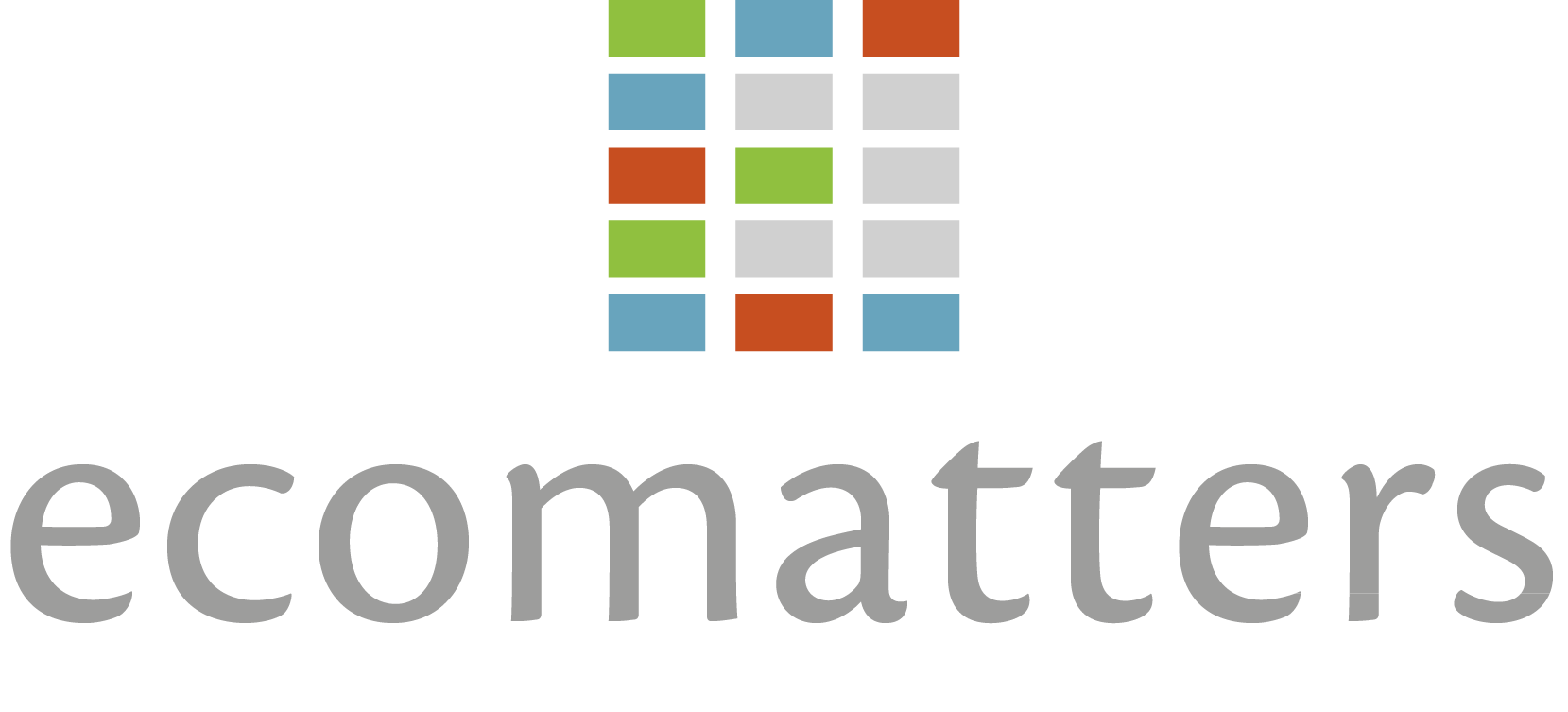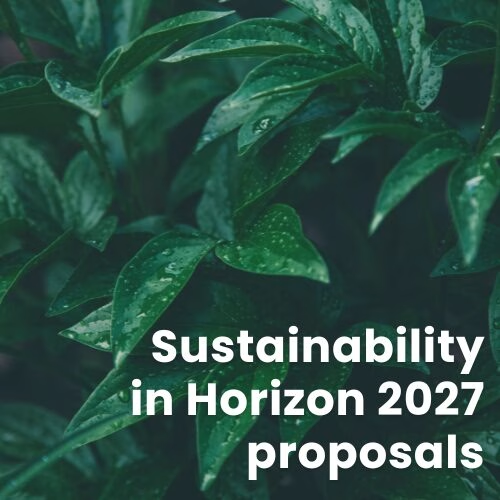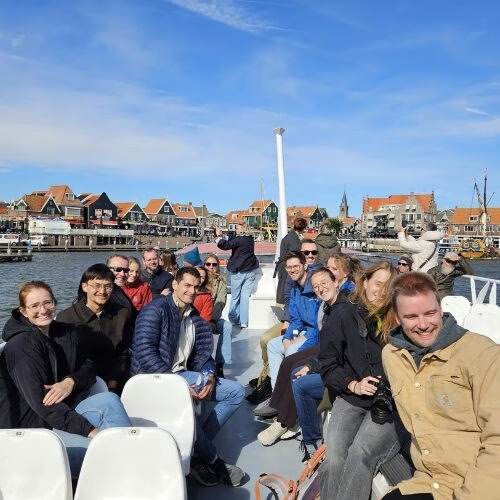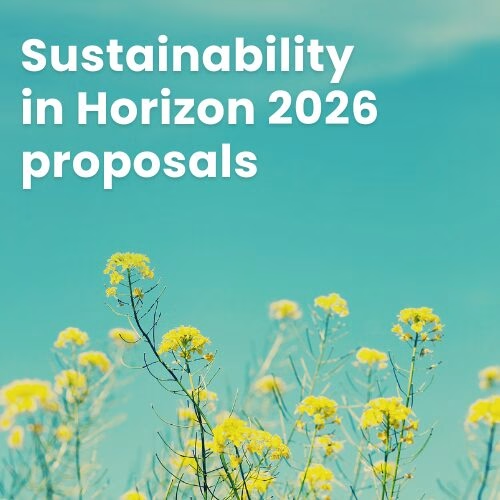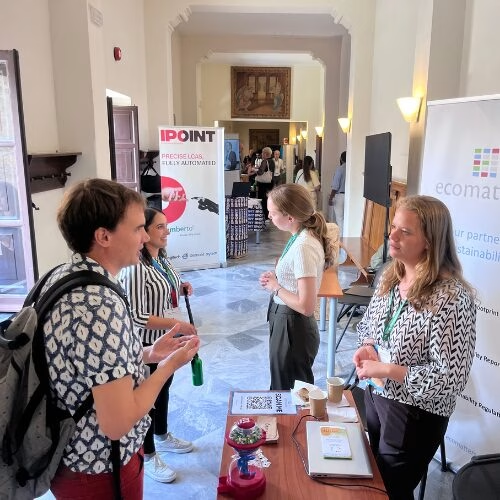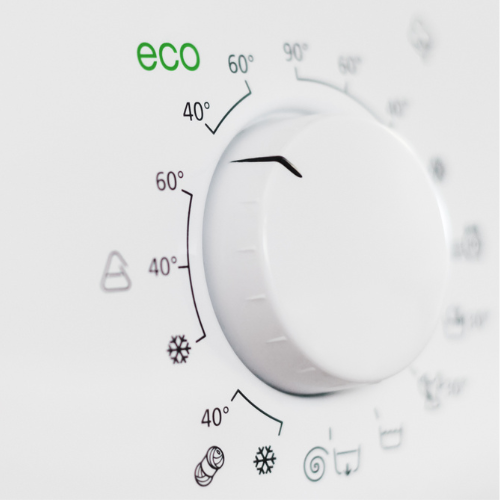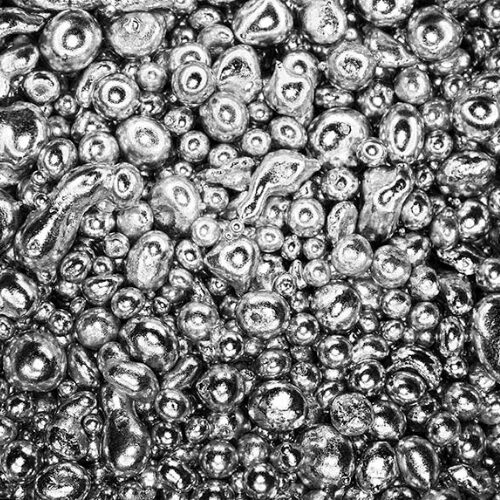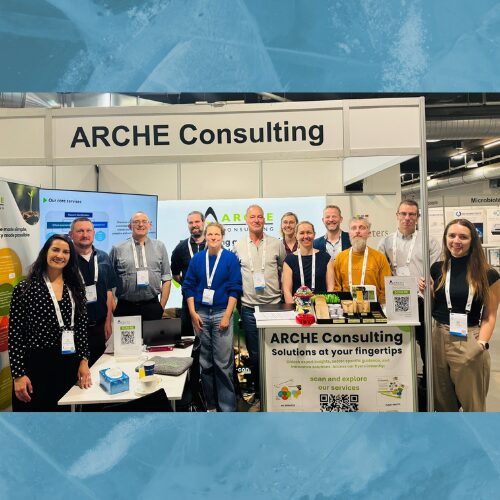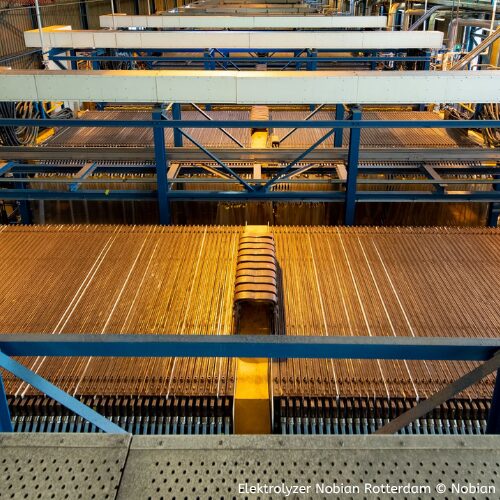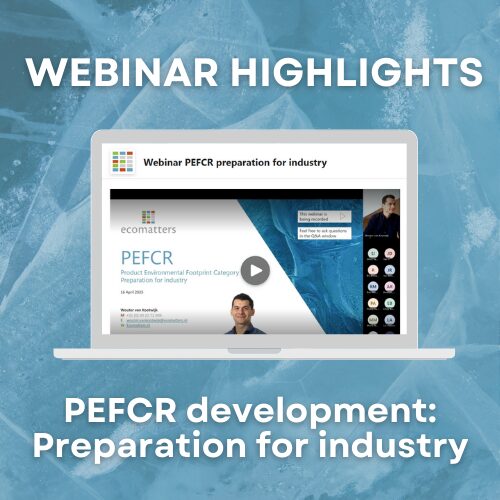Atmospheric carbon removal and its key role in the transition toward climate neutrality
To achieve the EU’s legally binding climate neutrality commitment by 2050 a drastic reduction of carbon emissions is legislated for. Yet, completely eliminating all greenhouse gas emissions will most likely not be possible and current global climate actions seem insufficient to maintain atmospheric CO2 concentrations compatible with the Paris Agreement goals. This is why carbon farming as well as carbon sequestration through industrial solutions is deemed an inevitable part of the climate transition. Removing carbon from the atmosphere is not just something that is considered to balance out remaining emissions by 2050. It will also pave the way for negative emissions thereafter and speed up progress to achieving climate targets in the upcoming years.
EU Communication on sustainable carbon cycles
In line with the climate neutrality commitment, the European Commission recently adopted a Communication on Sustainable Carbon Cycles. This Communication identifies key challenges and sets out an action plan for the development of sustainable solutions to remove carbon from the atmosphere. This will be used as a basis for the development of future policy and a regulatory framework that is expected in 2022.
The scope of this Communication is twofold: firstly it deals with upscaling carbon farming by incentivising carbon sequestration practices in a natural ecosystem, and secondly, it covers accelerating the sustainable capture, recycling, transport and storage of carbon in industrial ecosystems.
Carbon farming and industrial carbon sequestration, how does that work?
Carbon farming is an umbrella term for land practices in agriculture and forestry that can store carbon in natural sinks (living biomass, dead organic matter and soils, plants) through biological carbon sequestration, with respect to biodiversity and natural capital overall. By 2030, carbon farming practices should store 42Mt of CO2 to Europes natural carbon sinks according to the commission. Examples of carbon farming practices include afforestation, reforestation, agroforestry, the use of catch crops, cover crops, targeted land conversions and restoration of peatlands and wetlands.
An example of an industrial sink is to sequester carbon in chemical products. Carbon is currently often the feedstock of choice for the production of synthetic fuels, plastics, rubbers, chemicals and other industrial processes. In a sustainable bio-economy, this carbon is coming from the atmosphere instead of fossil resources. According to the commission this means that by 2030, technical carbon capture solutions should annually extract 5Mt of CO2 and permanently store it in products. Additionally, at least 20% of the carbon in chemicals and plastics should be non-fossil in nature.
Promoted solutions for the short- to medium-term
The Communication sets out a series of short- to medium-term actions for carbon removal solutions by agriculture, forestry and industrial actors:
- Development of carbon farming practices will be promoted under the Common Agricultural Policy (CAP) and other EU programs such as LIFE and Horizon Europe, in particular under the Mission “A Soil Deal for Europe”, and under public national financing;
- Providing land managers with tailored knowledge, data management systems and advisory services.
- Rewarding carbon farming practices using credits and farm-level payment schemes are explored. In this way, carbon farming would be a new source of income for land managers, additional to their offering of traditional products such as food and biomass.
- In order to support innovative industrial technologies that can remove carbon at scale, the Commission will support the development of an internal market for capturing, using and storing carbon. This also includes facilitating cross-border CO2 transport infrastructure. Such an internal carbon market will be developed in consideration of the existing legal framework of the EU Emissions Trading System (EU ETS).
- To effectively measure and validate carbon sequestration, methodologies for monitoring, reporting and verification are being developed and standardized.
Upcoming regulatory framework
Scaling-up carbon farming and industrial carbon removal solutions require a clear legal framework.
First, a Call for Evidence will be launched in early 2022. Thereafter, by the end of 2022, the Commission will propose an EU regulatory framework for the certification of carbon removals. This will include carbon accounting rules as well as specific requirements to monitor and verify the authenticity and environmental integrity of carbon removals. The regulatory framework will be developed in mutual synergy and consistency with the environmental footprint method.
